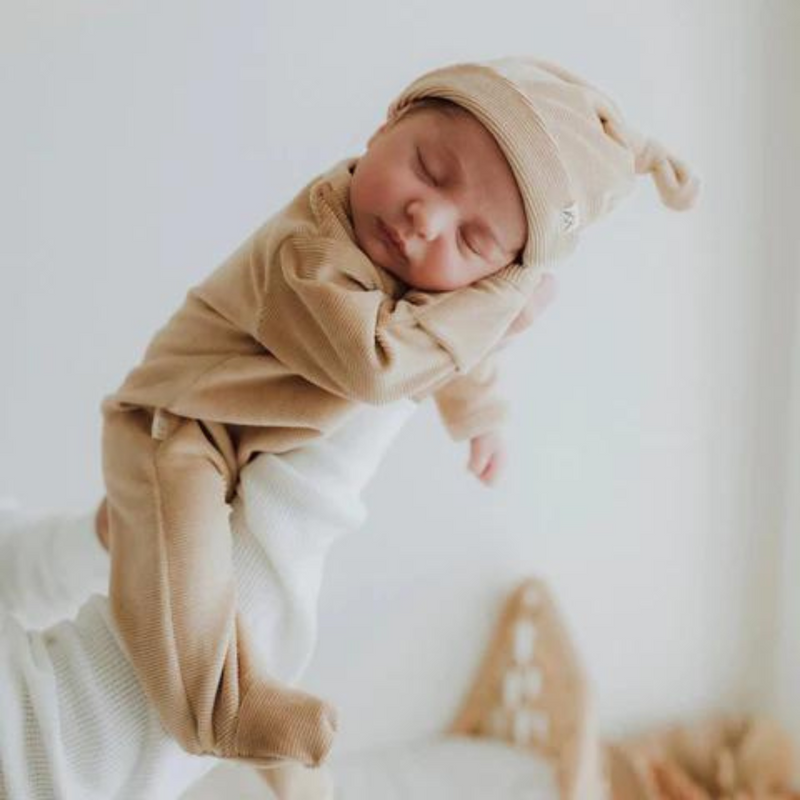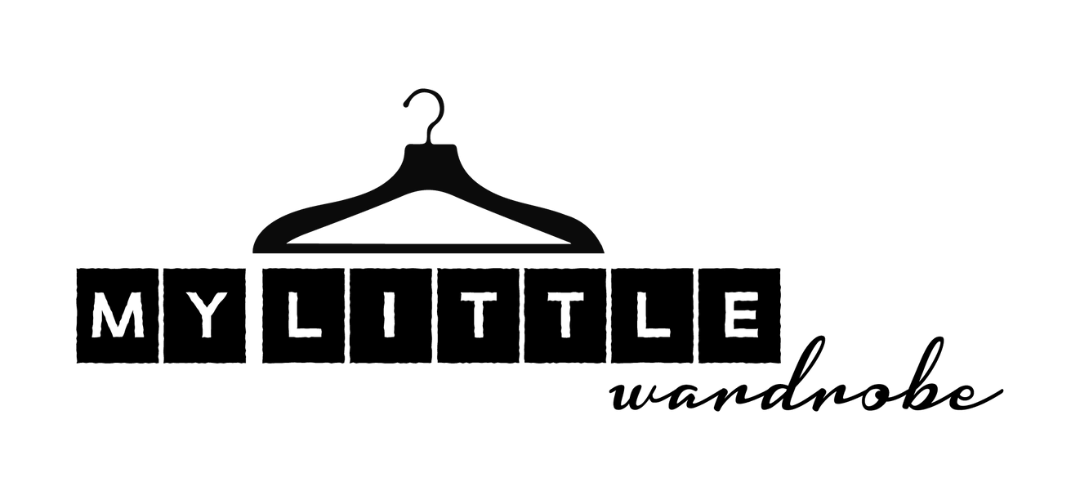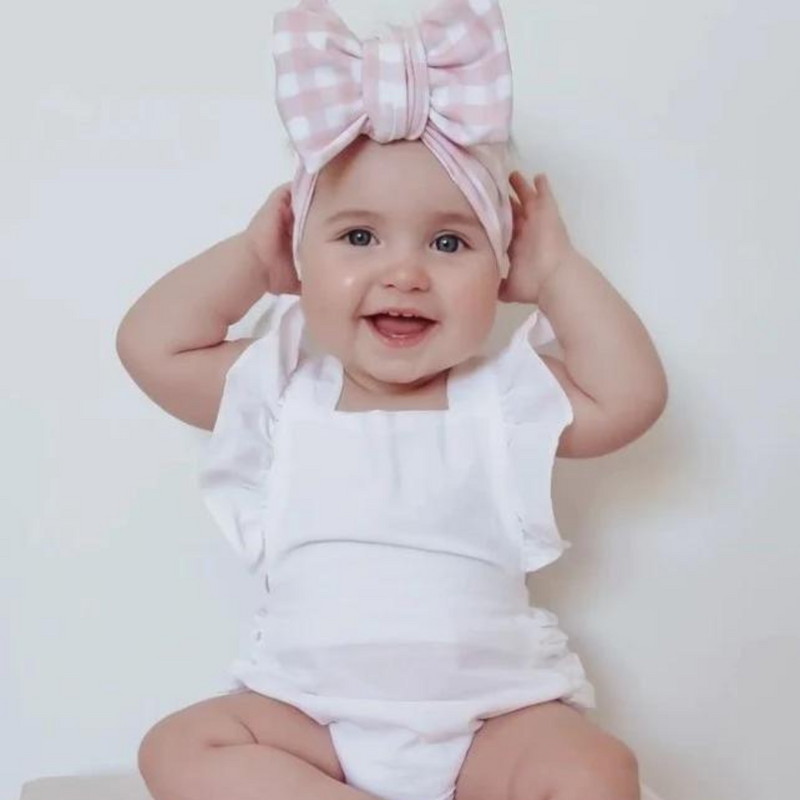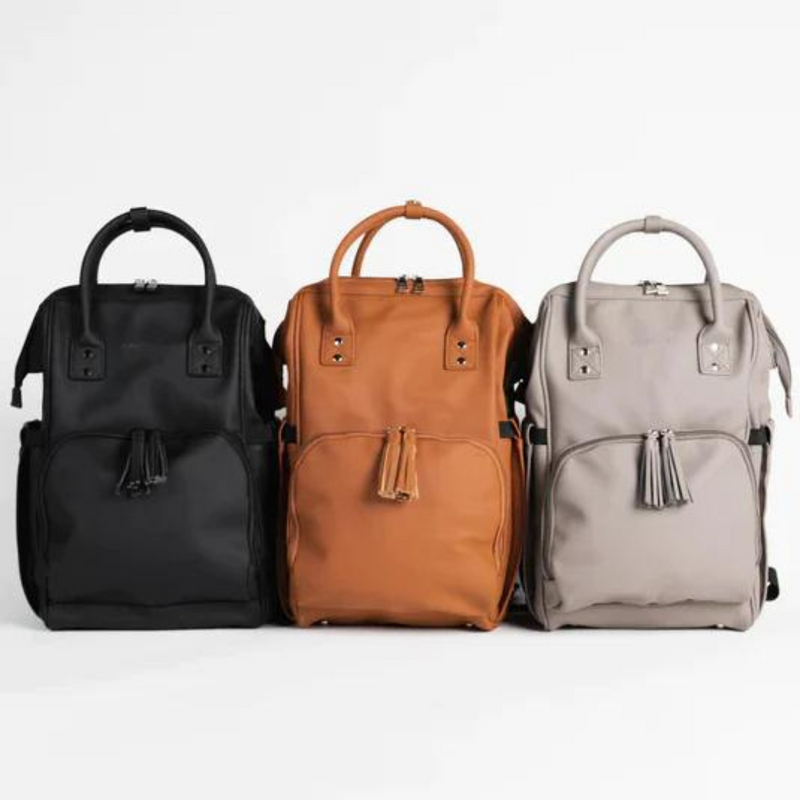
One of the many exciting things about being a parent is the ability to curate the perfect wardrobe for your child. Picking out all of the outfits, browsing online and dressing them in attire that you know they’ll love is a rewarding experience, not to mention extremely fun.
It can be quite easy to get carried away in all the cuteness as you browse page after page of baby clothes. However, it’s important to stay on track and not go too overboard with your child’s wardrobe. Otherwise, you may buy clothes that your baby doesn’t want to wear or doesn’t need.
So, when it comes to shopping for your little one, how many clothes should you actually be purchasing? At My Little Wardrobe, we want to help you curate your child’s wardrobe to not only be adorable, but also versatile and fit for purpose.
In this article, we will explore just how many clothes your newborn needs, and how you can prevent yourself from going overboard.

How Do I Build My Baby’s Wardrobe?
Building your baby's wardrobe is indeed an exciting journey, filled with endless adorable possibilities. However, it's essential to strike a balance between creating a cute wardrobe and avoiding excess. The key is to focus on both functionality and style.
Start with the basics, newborns grow rapidly, so having a few essential items is crucial. Think onesies, leggings, pants and tops that they will not only look adorable in but also be comfortable. Remember, newborns’ skin is very sensitive so it is important to only invest in quality pieces that are gentle on the skin. Include a few cosy swaddle blankets and a warm, weather-appropriate jacket.
For special occasions or outings, add a couple of dressier outfits, but don't go overboard. Babies spend a lot of time in onesies and sleepers, so prioritise comfort over anything else. And never forget to consider the climate in your area when selecting clothes.
When shopping, keep in mind that you can layer to adapt to changing temperatures. This ensures versatility without overcrowding their wardrobe. As your baby grows, you can adjust the wardrobe accordingly.
Remember, it's easy to get carried away with adorable baby clothes, but focusing on essentials and versatility will not only save you money but also reduce waste. Enjoy curating your baby's wardrobe, keeping their comfort and needs in mind along the way.

How Many Newborn Clothes Do I Need?
When it comes to buying clothes for your newborn, it can be tricky to determine just how many clothes you need to buy. After all, babies grow quickly, so how many pieces of clothing are enough so you have a stocked rotation, but don’t have an excessive amount?
While there is no one true answer to this commonly asked question, since both babies and parents have different needs and lifestyle requirements, it is good to go by a general rule of thumb.
Here’s a helpful checklist to tick off for when you’re next shopping for baby clothes for your little one:
- Five to seven onesies and rompers
- Three to five pairs of pants
- Five to six tops and t-shirts
- Two to three dresses
- Three to four shorts and skirts
- Four to six pyjamas
- Seven to nine pairs of socks
- Two to three different jackets or jumpers
- Two to three different types of hats
You can substitute out some of these items depending on both your stylistic preferences and whatever your little one likes to wear. For example, your baby may prefer the looseness of a skirt or dress over pants, so you could buy a few more of those garments instead.

How Do I Choose Clothes for My Newborn?
Choosing clothes for your newborn baby is an exciting yet practical task that requires consideration of both comfort and convenience. Here's a guide to help you make the best choices:
Pick Various Sizes
Newborns grow quickly, so start with a mix of sizes, including newborn and 0-3 months. This ensures you have clothes that fit as they grow.
Choose Quality, Breathable Fabrics
Opt for natural, soft materials like cotton. They are gentle on your baby's delicate skin and allow for proper airflow, reducing the risk of irritation or overheating.
Pick Practicality
Think easy on, easy off. Look for clothes with snaps, zippers, or elastic waistbands because these make dressing and changing diapers a breeze, especially during those late-night feedings.
Prioritise onesies or bodysuits, which are versatile and comfortable. Avoid clothes with too many buttons, bows, or embellishments, as they can be uncomfortable for your baby and challenging to put on.
Safety
Ensure all clothes are safe to wear, with no loose buttons or strings that could pose a choking hazard to curious newborns.
Washability
Babies can be messy, so choose clothes that are easy to clean and maintain.

How Often Should I Change My Baby's Clothes?
Babies are indeed wonderfully messy little beings, and it's essential to keep them clean and comfortable by changing their clothes regularly. The frequency of changing your baby's clothes can vary based on several factors.
First and foremost, regular diaper changes are crucial (usually every two to three hours for a newborn). These diaper checks also offer an opportunity to assess if their onesie or outfit needs changing, particularly if there's any sign of dampness or irritation.
Feeding times often lead to spills and spit-up, making post-meal clothing changes common. If your baby tends to spit up frequently, you'll find yourself swapping outfits more often.
Weather conditions also come into play. In warmer climates, like Australia’s spring and summer, babies may sweat more, necessitating more frequent clothing changes to prevent discomfort and rashes. Conversely, during colder weather, layering can keep your baby cosy without the need for constant outfit changes.
Special circumstances like diaper blowouts or messy playtime sessions require immediate clothing changes. Additionally, many parents prefer dressing their babies in pyjamas at bedtime, ensuring a fresh and snug outfit for a restful night's sleep.
While it's essential to maintain cleanliness and comfort, excessive clothing changes can lead to more laundry. The key is to strike a balance between hygiene and practicality, responding to your baby's cues and ensuring they stay comfortable throughout the day.

How Are Newborn Clothes Sized?
In Australia, newborn clothing sizes can vary between brands but typically follow the same structure. Newborn clothing sizes typically start at "0000" (four zeros), suitable for newborns up to one month old. "000" (three zeros) is intended for babies aged 0-3 months, and "00" (two zeros) is designed for those between 3-6 months.
It's worth noting that different brands may have slight variations in sizing and fit, so it's always a good idea to check the specific brand's size chart for precise measurements. When shopping for your newborn, consider their current size and growth rate to ensure a comfortable fit.
Now that you know how to purchase clothes for your newborn properly, it’s time to go shopping! Browse our new arrivals online today or visit us in-store. If you have any questions, check out our FAQs.




0 comments